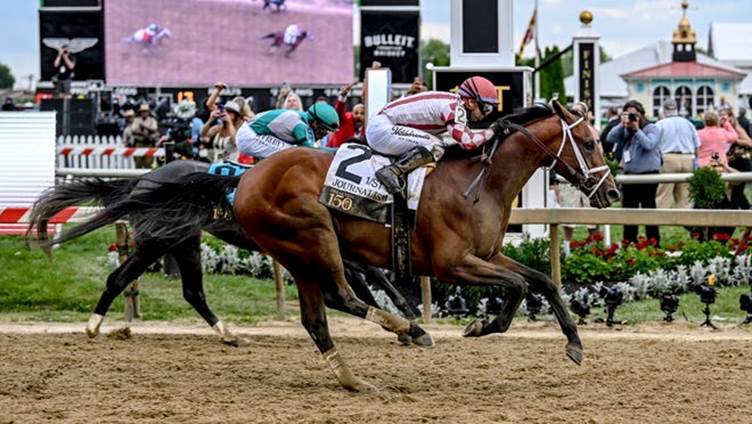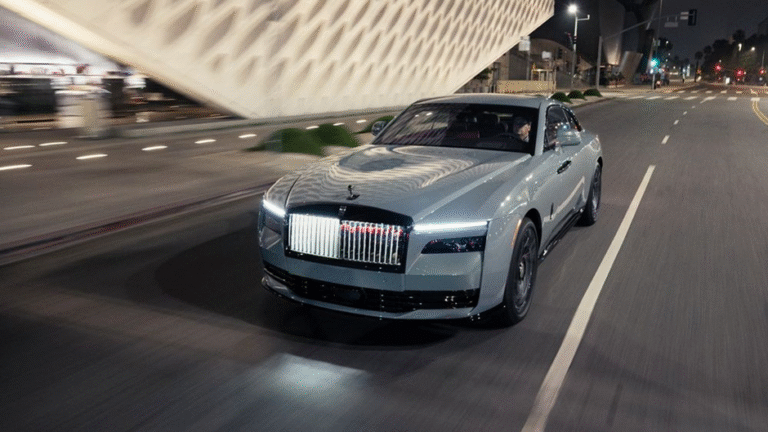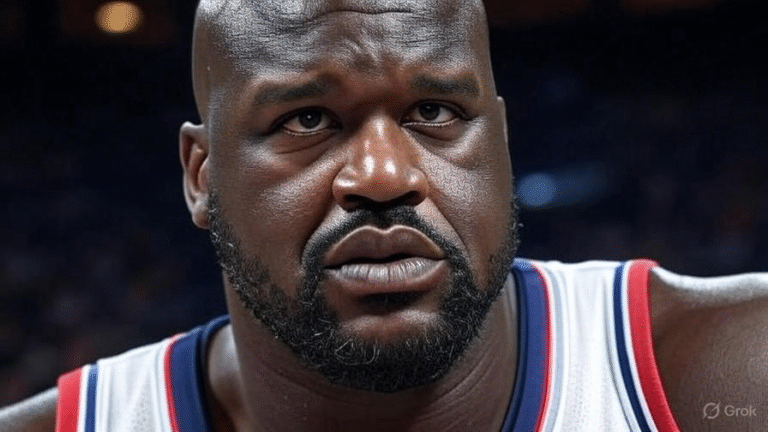In just a few weeks, the remains of Pimlico, a once-celebrated racetrack in the heart of Baltimore, will be torn down. For decades, the track had been left to decay, only brought back to life year after year for one singular reason: the middle jewel in horse racing’s Triple Crown. Holding onto this race, no matter the state of disrepair, was non-negotiable. After all, when the sport’s crown jewel is at risk, you do everything in your power to preserve it.

But when Journalism clinched victory in the 150th edition of the Preakness on Saturday—surviving one of the most intense, nail-biting stretch runs imaginable—it was clear why the state of Maryland is investing a staggering $400 million to revamp this historic venue. A race that defied the odds, coming back from what seemed like a near-impossible position with just an eighth of a mile to go, still holds value. Yes, the Preakness still matters—at least to a devoted circle. Even in a fractured sport, one that fails to capture mainstream interest outside its five-week window, Maryland lawmakers are betting big on keeping the Preakness alive.
But here’s the rub: that investment won’t pay off unless horse racing itself gets its act together. As exciting as Saturday’s race was and as promising as Journalism seems, did anyone outside the shrinking core of hardcore racing fans even care? The answer, sadly, is no. When Kentucky Derby winner Sovereignty was withdrawn from the Preakness, it effectively drained the event of any real significance in the broader sports landscape.
And, honestly, it didn’t have to be this way.
In the glory days of the sport, a rematch between Sovereignty and Journalism—a fierce rivalry that had already taken shape during the Derby—would have stirred up headlines for weeks leading up to the race. But instead of continuing the rivalry, Sovereignty’s team decided that just two weeks after the grueling Derby, it would be too much of a strain on the horse. Instead, they’ve opted to let Sovereignty rest, planning for a showdown at Belmont in three weeks.
The Preakness lineup ended up feeling weak, and so Journalism’s trainer, Michael McCarthy, seized the opportunity and earned a well-deserved $2 million win. But, with two demanding races already behind him, the likelihood of seeing Journalism compete at Belmont seems slim. Maybe they’ll meet again later in August at the Travers Stakes, known in racing circles as the “Mid-Summer Derby,” or perhaps at the Breeders’ Cup Classic to end the season. It’s possible, however, that their only meeting may have been at the Derby.
What a missed opportunity for a sport that could use more rivalries like the ones we used to see—the Affirmed and Alydar battles, or the intense face-offs between Sunday Silence and Easy Goer. The sport thrived when the best horses raced against each other over and over, when fans had reasons to cheer and rivals had reasons to feud. That was the magic of horse racing—riveting drama, both human and equine, that drew in viewers, bettors, and casual fans alike.
Can horse racing ever return to that golden age?
Unfortunately, not with the current structure of the Triple Crown.
The issue with shaking things up is that each Triple Crown venue—Churchill Downs, Pimlico, and the New York Racing Association—operates as a separate entity. Want to move the Preakness to a later date? You’d need Belmont to shift as well. And that’s a lot easier said than done when everyone has their own turf to protect.
Yet, for the sake of the sport’s survival, the most powerful figures in horse racing need to realize this: it’s in everyone’s best interest to have the best horses competing in all three Triple Crown races. For Maryland, it’s especially critical, as the state plans to pour millions into Pimlico, assuming the Derby winner will show up year after year, barring injury. Without that, all the money and effort put into the venue’s facelift will have been in vain. And let’s not forget Belmont—without the possibility of a Triple Crown winner, or at least a long-standing rivalry, its marquee day loses its luster too.
As Pimlico closes its doors, temporarily relocating the Preakness to Laurel Park for a couple of years, all the key players in racing need to come together. It’s time to rethink what’s best for the sport’s future. Because, without a compelling overarching story to follow, even a thrilling race and an incredible horse won’t be enough to keep the sport relevant.



